Unseen and unused by most students, four elevators run between the lower and upper levels of Loy Norrix. Although the majority of the student body is unaware of these and many other accommodations, these elevators are essential for the students who aren’t able to use the building’s stairs. Having an elevator each in the J, K and D wings, as well as the Tower, allows students to navigate the entire school.
Although only a small group of staff and students rely on the elevators, the effects that occur when one becomes out-of-order cause ripples across the entire district.
On Mar. 4, 2024, Junior Xander Frost noticed that the J-wing elevator wasn’t working. While elevator malfunctions aren’t frequent, he’d had enough experience with them to know to alert an adult. When Frost returned from Spring Break on Apr. 1, it was back in working order.
For Frost, this incident is the longest time he’s had to go without an elevator in his three years at Norrix. However, he is by no means a stranger to the fickle elevator mechanics.
“There were weeks that it seemed like every other day it [the J-wing elevator] was not working. I feel like there was never a stretch of time that was longer than a single day: it was fixed by the next day. But it felt like it was just so frequent,” said Frost.
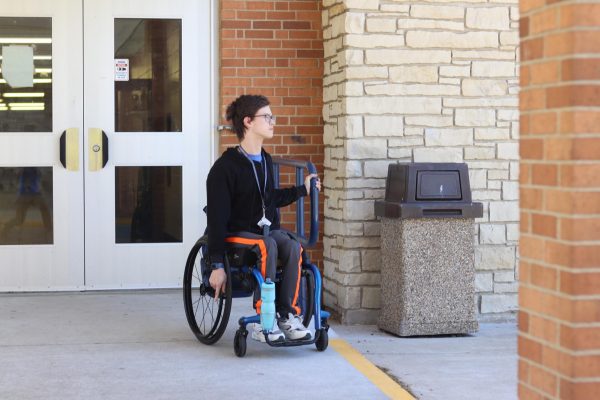
While the J-wing elevator was out of commission, Frost worked with Principal Christopher Aguinaga to find a solution to the problem. As Frost needs access to the J-wing for his third-hour choir class and to leave the building at the end of the day, simply avoiding the wing wouldn’t have been a solution.
“I talked with school administration, and we devised a plan that I would go through lower K, which was working, out of the building, and then back in through the doors underneath the bridge and into the J-wing,” explained Frost.
While not ideal, the path allowed Frost to continue attending his classes.
Meanwhile, Frost had informed his third-hour choir teacher, Marisa Bergh, of the elevator’s status. Bergh, in turn, alerted Loy Norrix’s special education department head, Alysia Baznik, of the situation. From there, Baznik contacted district administrators, namely, KPS Special Education Director Reuquiyah Saunders, to ensure that everyone was informed of the situation. After that, it was up to Facilities to coordinate repairs on the elevator.
Although the repair process took longer than Facilities would have hoped, this is not the worst of the malfunctions and setbacks that the district has dealt with when it comes to accommodating all students. Although a solution was reached fairly quickly between the Frost family and Aguinaga, Saunders has had to devise far more complicated solutions when other mechanical mishaps occur.
“There are difficult decisions, so the first thought is, ‘well, you know what, let’s get the student to a building where there’s a working elevator to get access to school,'” said Saunders. “But then that means, ‘really? Take a student out of their school, where they have friends and they have relationships, to do that? Do we want to do that? Is it in the best interest of the student?'”
Balancing the best interest of students against the inevitable limitations on the district’s power is one of the largest challenges KPS administration faces when trying to accommodate all of its students. Although there are many projects the district would like to complete, they are limited by resources and aging buildings.
“[There are] some buildings that there are not enough improvements you could make to make it accessible, so El Sol, for instance. If you’ve been to El Sol, it’s an old building, and so yes, you can make some improvements, but it’s probably better to just tear it down,” Saunders said.
Projects like this that require flat-out replacement of old infrastructure can be quite costly. Although not as drastic as the replacement of an entire building, the age of the J-wing elevator made it difficult to repair.
“It being so old, they [external contracting groups] have problems getting parts: the original manufacturer has been bought out by someone else and dissolved,” said KPS executive supervisor of Facilities Karen Jackson.
Jackson and the wider KPS Facilities Department work to ensure that all buildings are safe and functional and follow legal standards, including the Americans with Disabilities Act (ADA), the piece of federal legislation that enforces accessibility requirements.
Due to the elevator’s inconsistent functionality and the difficulty of acquiring replacement parts, this elevator is slated for demolition and replacement in the summer of 2025. This construction timeline will ensure that students like Frost will continue to have full access to the elevator during school months.
This elevator replacement and many other projects around Norrix, including an additional elevator replacement in the K-wing, are currently being funded by a $197 million dollar bond issue passed in 2022. However, these funds are only granted one-third at a time every four years: the next installment will arrive in 2026, and the final installment in 2030 to be used up until the next bond is passed. Attempting to stretch this funding to cover accommodations, upgrades and maintenance over all 26 schools in the district has posed a formidable challenge.
“I’ve never had this much money to work with… but on the other hand, my department hasn’t grown any,” Jackson continued, “and I’m one person, and we are trying to juggle many, many, many different funds.”
In addition to the pressures of trying to cover the entire district with limited resources and personnel, Facilities must also maximize their use of bond money, which is money that the taxpayers of Kalamazoo vote on. Although over $100 million dollars was given to the district in the 2022 bond issue, the district has to spend all of this money in the time period allotted by the bond: whatever they do not spend within this time is eventually revoked.
“It’s great to have money, but you have to spend it, and you have to spend it appropriately,” said Saunders. “We want to make sure we do it wisely and do as many things as we can while we have it.”
This difficulty has been compounded by the aftermath of the COVID-19 pandemic. During the 18 months in which students attended school from home, the threat of the virus also prevented work from being done on any school buildings. This caused numerous projects to be moved back, placing even more pressure on Facilities.
Amidst all of the work that accessibility advocates do for Norrix and the district at large, there are always plans being made for the future. Aguinaga, Jackson and Saunders have been planning a new baseball field, and Baznik is looking to get more handicapped bathroom facilities installed.
Frost, a tennis player, is hoping for improvements to be made to the tennis courts, if possible.

“The ramp up to the door to get into them [the tennis courts] is up to code in terms of ADA compliance, but it is incredibly steep and is very compact, especially if I’m bringing my tennis chair,” Frost said.
When it comes to accessibility, there is always work to be done at Norrix. New projects require certain accommodations, which requires continuous input of resources and manpower. Community, staff and administration members have and will continue to perform a significant role in ensuring that the needs of all students are met, despite the challenges that may arise.
“You can’t predict the future, but there are some things we do know,” said Saunders. “It’s a domino, it’s all one system working together.”


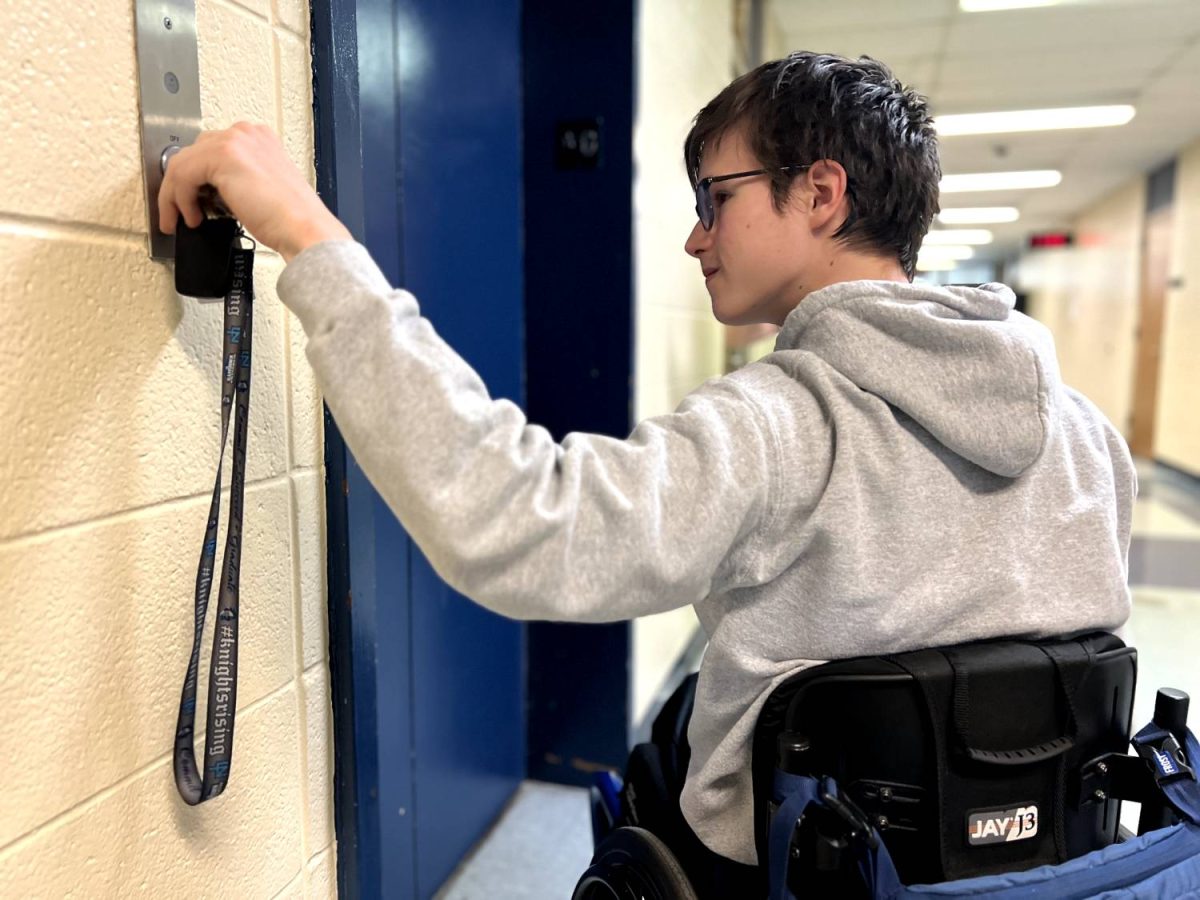

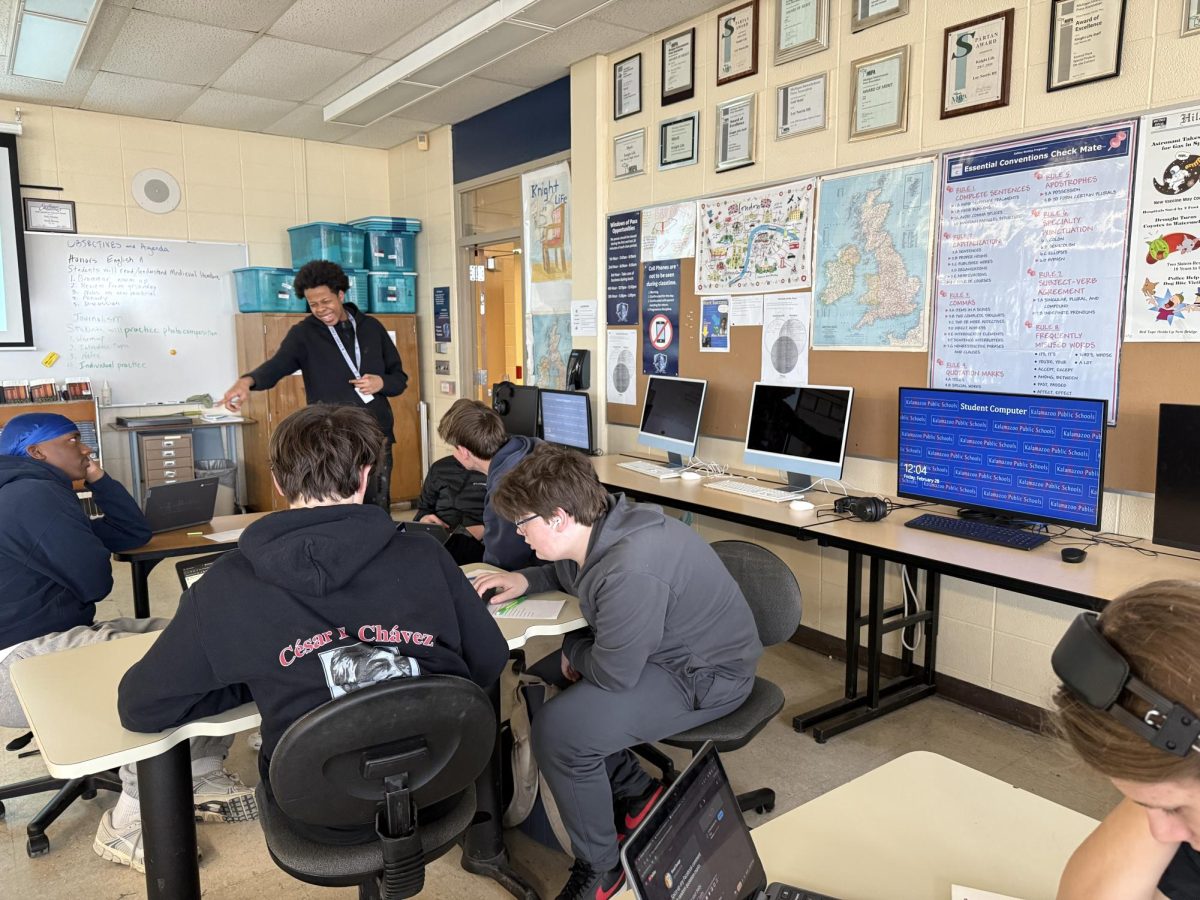
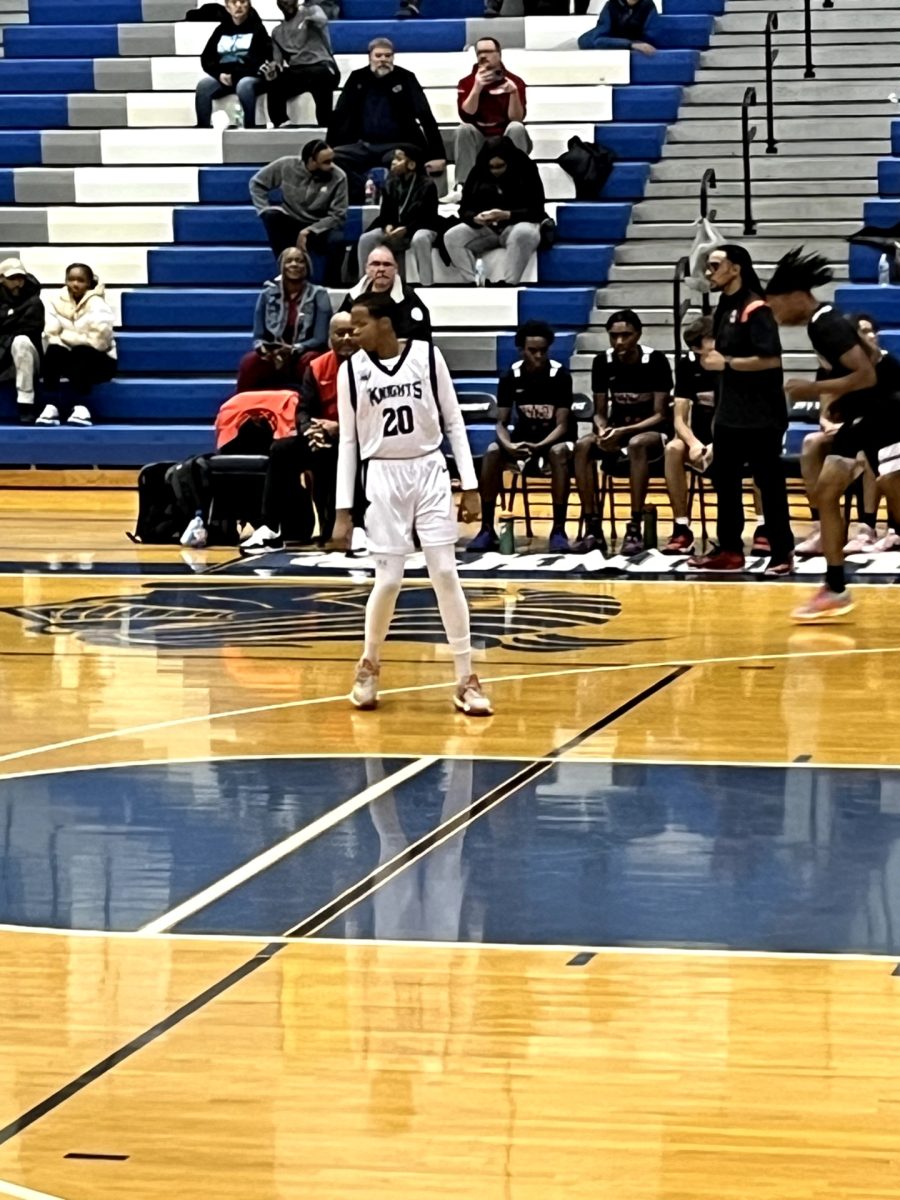
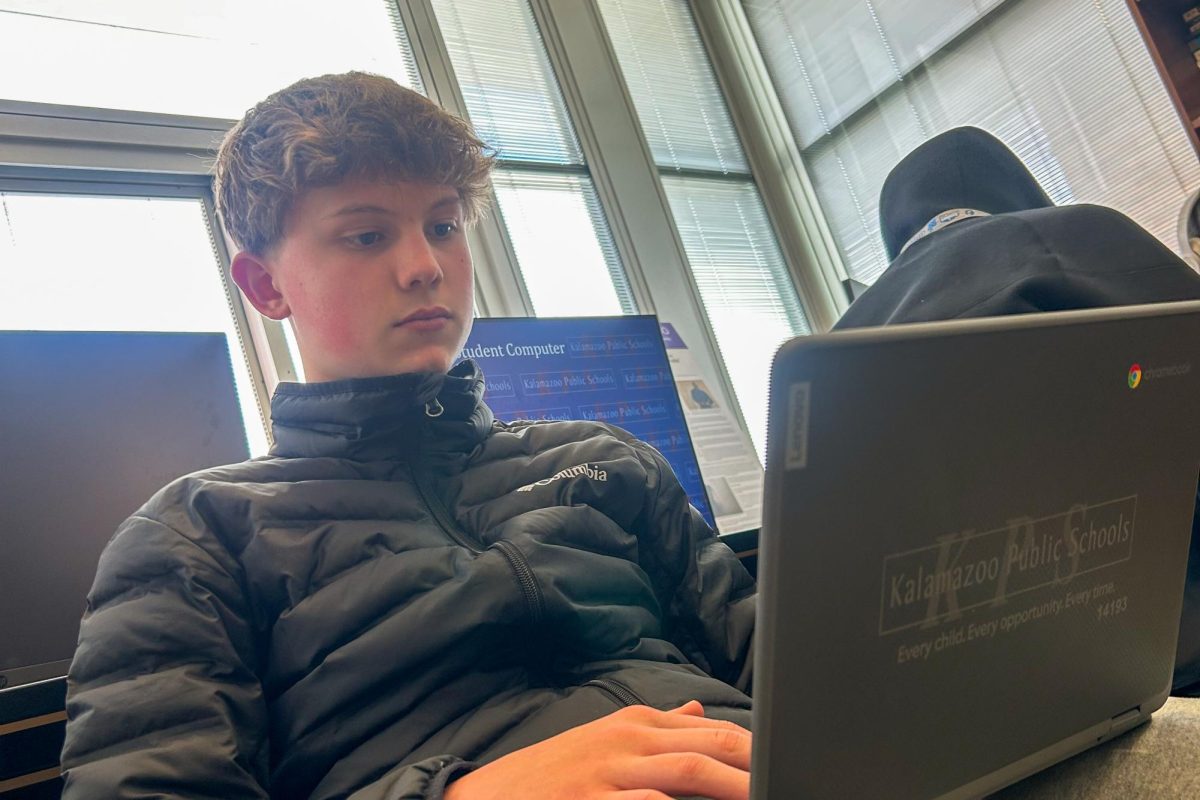




Alice Damashek - Business Manager • May 23, 2024 at 7:42 am
great article
Emerson Edwards • May 22, 2024 at 1:54 pm
I’m not currently physically disabled, but due to a rare hand condition, spent much of my early teenage years wearing a hand brace and going to physical therapy many times a week. Often little things, such as being able to use a door handle that you push down on instead of a doorknob, made a world of difference. This article points out many issues that most people may not think about.
I am also a hard-of-hearing student. While many teachers I’ve had were accommodating, some weren’t. Especially when I first started accepting my hearing loss, I hated having to raise my hand to ask them to put captions on videos or sit closer so I could lip-read. Teachers doing things automatically, like leaving captions on, was extremely helpful. In my opinion, even well-meaning people can forget things like this can make a world of difference, and someone needs to remind them.
Good article!
Laura Ross • May 22, 2024 at 1:35 pm
thanks for talking about this! all our facilities need to be accessible to all our students!
It takes time and money but it is sooo worth it!